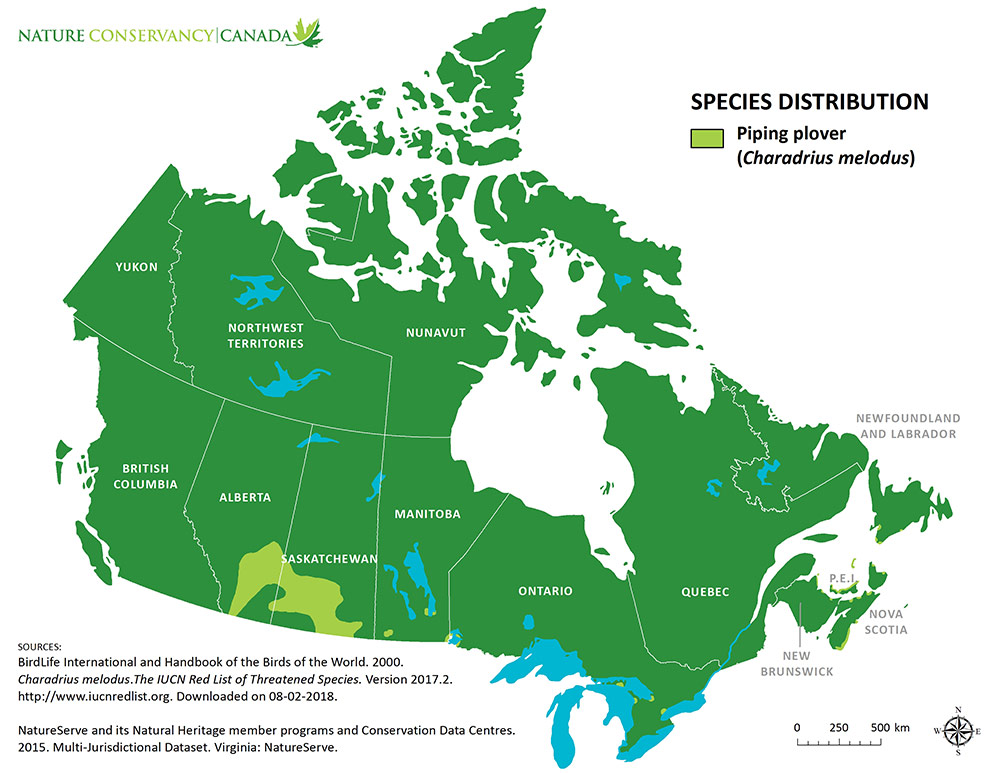Coast to coast
Nature is where you find it
Here are seven NCC properties within an hour’s drive of a major urban centre: (page 4):

Coast to coast
Here are seven NCC properties within an hour’s drive of a major urban centre: (page 4):
Activity Corner
Although the weather across the country is slowly warming, most plants are still dormant. That makes it a great time to start planning and preparing your garden for spring. Here are our top 10 tips of things you can do to ensure your garden’s ready for spring and all things green. (page 7)
Feature story
Youth have become an unrelenting force in their mission to use their voices to safeguard biodiversity and the environment. Check out what some of NCC’s young staff are doing. (page 8)
Emily Trendos
Emily Trendos is studying some of Canada’s smallest critters to NCC while completing her PhD. “I’ll be studying the mottled duskywing butterfly, which is an endangered species in Ontario and Manitoba,” she says. “It has very specific habitat requirements, so it’s especially at risk with climate change and other factors.”
Megan Lafferty
The beauty of bogs
Megan Quinn
Getting bogged down
Raechel Bonomo
The Seven Sacred Teachings: What we can learn from the species we protect
Jensen Edwards
Isolating the melody amidst a cacophony: How science writers aim to anchor their readers in their own experiences
Darlana Dyck
Hybrid work at NCC
Nila Sivatheesan
Canada’s largest bird of prey: two bald eagles having a staring contest
Caroline Tanguay
An unexpected discovery: green dragons!
Ally Belanger
An otterly delightful encounter
Evan Balzer
A reckoning with bats
Project updates
Conservation in BC; wetland initiative in NB; critical wildlife habitat in NS; giving back to nature (page 16)
Species profile
This migratory bird’s nesting and wintering areas are under threat and it is now considered endangered in Canada (page 14). Here’s where you can find it in Canada:

Close encounters
This barred owl is a large, stocky bird easily identified by its mottled body, dark eyes and yellow beak. See this young barred owl take flight (page 18)